How to Make a Working Model of Heart
Working model of heart, Are you looking for a cool, cheap biology science fair project? if yes; don't waste your time anywhere else just try making a working model of the human heart. It doesn't require a big list of materials but you can make it just By using a physioball, PVC Pipe cap, balloons, and drip pipe, you can easily complete this project in an hour or so. this 100% working model of heart project is sure to impress your teachers and classmates.
working model of heart
About Human Heart
The heart is about the size of a human clenched fist. An adult female’s heart weighs is about 8 ounces and an adult male’s heart weighs about 10 ounces. The heart is located in the centre of the human chest between the lungs. People often think the heart is on the left side of the chest. The bottom of the heart is tilted slightly more towards the left side of the body, so we often feel our heart more on the left. the heart is not directly below your skin. The heart is protected by the breastbone (sternum) and the bones of the rib cage.
Diagram of the working model of heart
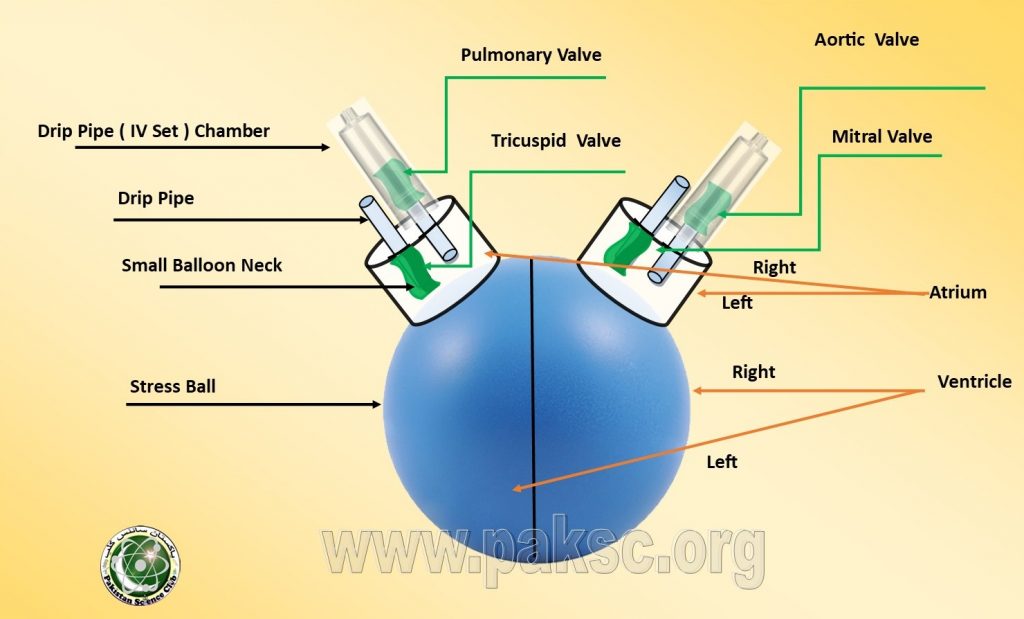
Required Material:
- Small balloons
- large balloons
- PVC pipe cap
- IV Set (Drip pipe)
- Medical physio care ball
- Plastic tape
- and some tools
- Thread (yarn)
Construction of Working model of Heart
we have shown the step-by-step construction of the working model of the heart through photos please follow the instruction :
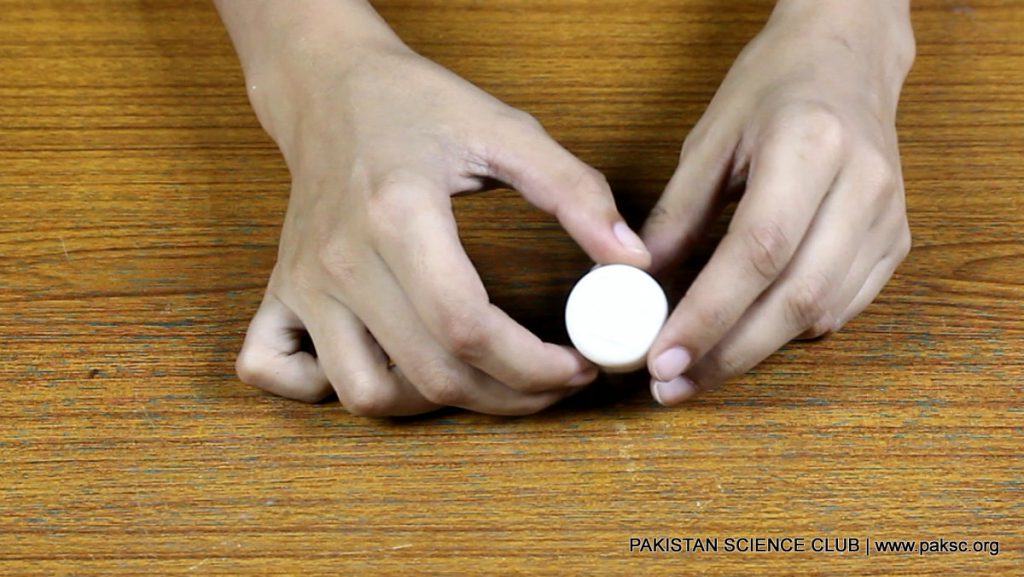 Take 0.5'' PVC pipe (size is half an inch )
Take 0.5'' PVC pipe (size is half an inch )
Watch the Video Tutorial on the Working Model of the heart
Maker/ Host Khuzaima
Idea by @abdulRauf
Note: If you have any difficulties building this working model please feel free to comment and ask the question
- For an explanation of this model in Urdu please see this video link
- 2nd video about the working model of heart by Abdul Rauf
- 3rd video tutorial of the working model of heart by Aiman Rasheed
- Working Model of the human heart for the school and college project for science Exhibition.
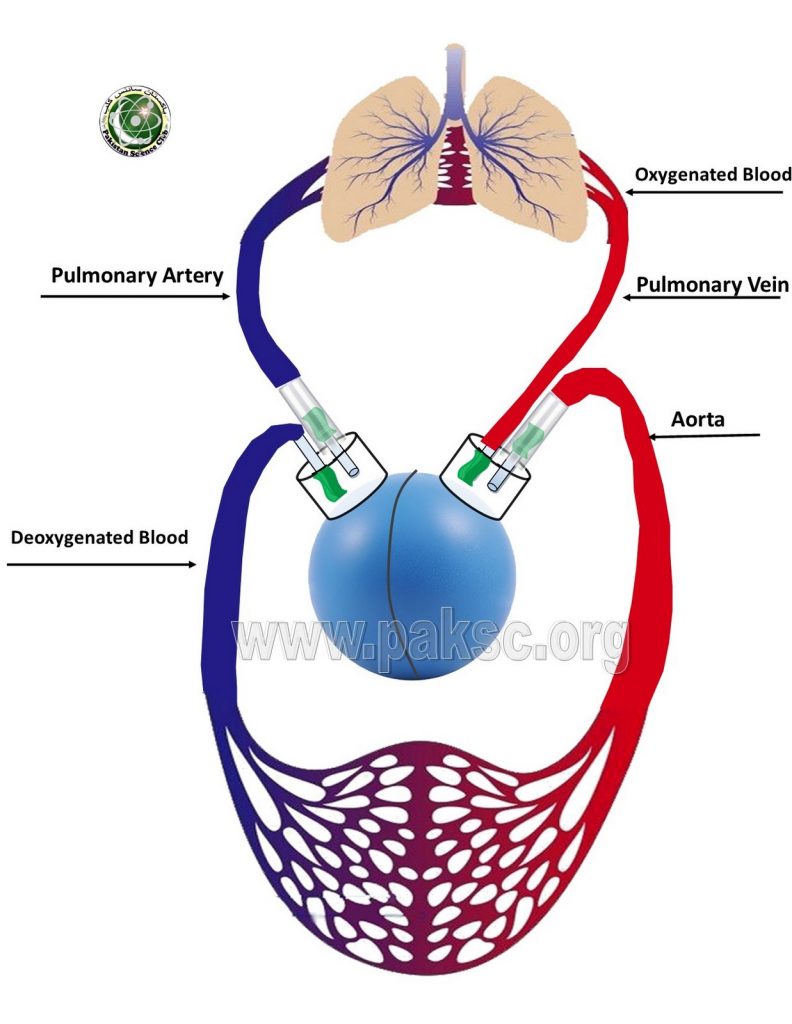
Working of Circulatory System:
- Pulmonary circulation is a short loop from the heart to the lungs and back again.
- Systemic circulation carries blood from the heart to all the other parts of the body and back again.
In pulmonary circulation:
- The pulmonary artery is a big artery that comes from the heart. It splits into two main branches and brings blood from the heart to the lungs. At the lungs, the blood picks up oxygen and drops off carbon dioxide. The blood then returns to the heart through the pulmonary veins.
In systemic circulation:
- Next, blood that returns to the heart has picked up lots of oxygen from the lungs. So it can now go out to the body. The aorta is a big artery that leaves the heart carrying this oxygenated blood. Branches off of the aorta send blood to the muscles of the heart itself, as well as all other parts of the body. Like a tree, the branches get smaller and smaller as they get farther from the aorta. At each body part, a network of tiny blood vessels called capillaries connects the very small artery branches to very small veins. The capillaries have very thin walls, and through them, nutrients and oxygen are delivered to the cells. Waste products are brought into the capillaries. Capillaries then lead into small veins. Small veins lead to larger and larger veins as the blood approaches the heart. Valves in the veins keep blood flowing in the correct direction. Two large veins that lead into the heart are the superior vena cava and inferior vena cava. (The terms superior and inferior don't mean that one vein is better than the other, but that they're located above and below the heart.)Once the blood is back in the heart, it needs to re-enter the pulmonary circulation and go back to the lungs to drop off the carbon dioxide and pick up more oxygen.
See Also
Top 7 Best Biology Projects for Science Fair For Classes 6, 7, 8, 9 And 10
Science exhibitions are a great way to learn different concepts by watching many projects at a time and can meet with the inventors of that project. They provide a platform to share your experiments/ projects/ inventions with people and get feedback.
Top 10 Best Chemistry Projects of Science Exhibition
Chemistry-focused science exhibition projects are ways for students of any age to showcase their science learning. With a chemistry science exhibition project, students learn about and see chemical processes in the real world while also learning how to record the results of experiments and present them to an audience.
Top 10 Innovative Physics Projects for Science Exhibition class 10 to 12
Top 10 Innovative Physics Projects for Science Exhibition class 10 to 12: Making of physics working models and projects for science fair or science exhibition, Physics category has too many options to make interesting award-winning projects than biology and chemistry
Top 7 Wind Energy Working Model of Science Fair Project
Top 7 Wind Energy “Renewable Energy” Working Model of Science Fair Project: “wind turbine” working model and construction plan for middle and high school students. These projects can be made by grade 4, 5, 6, 7, 8, 9 class students.



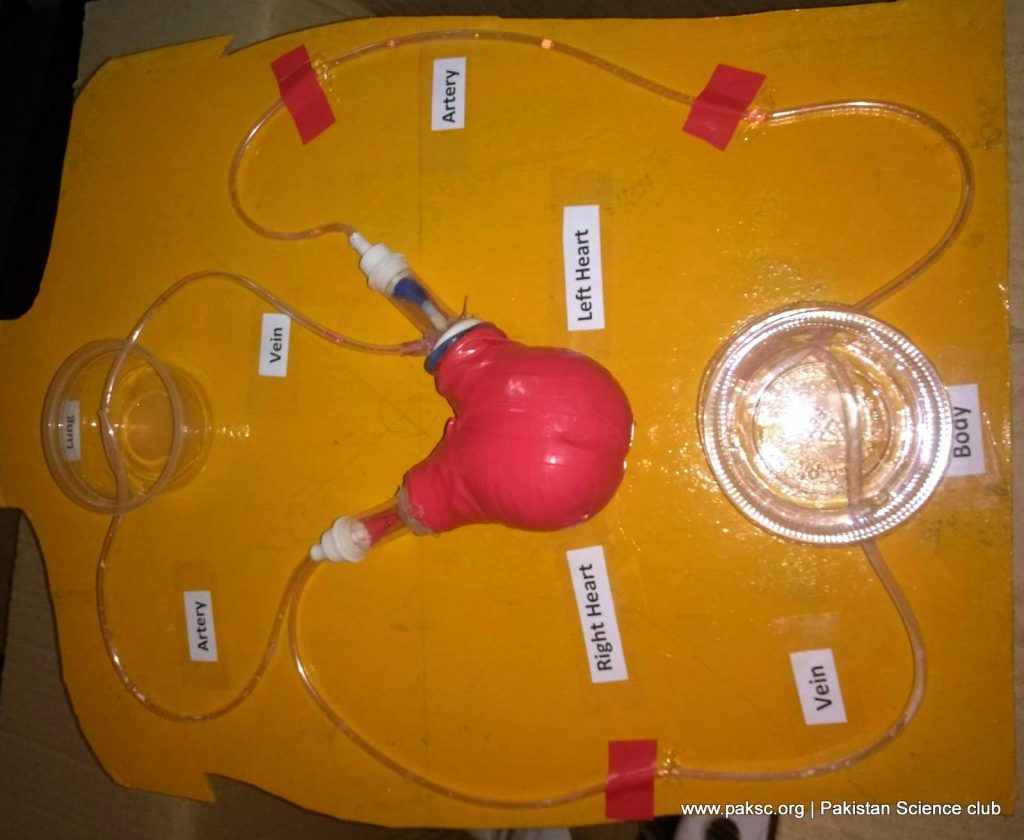
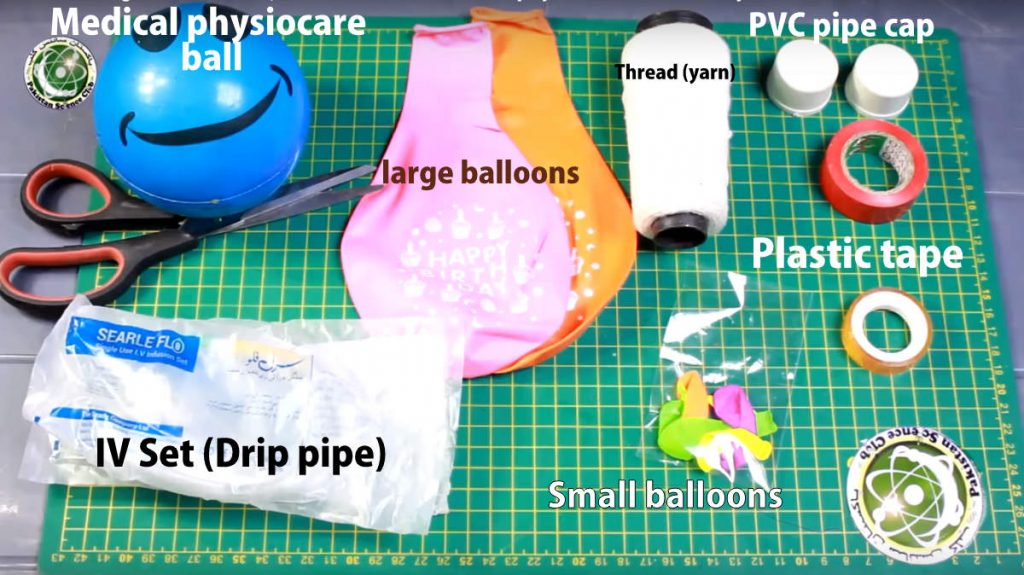
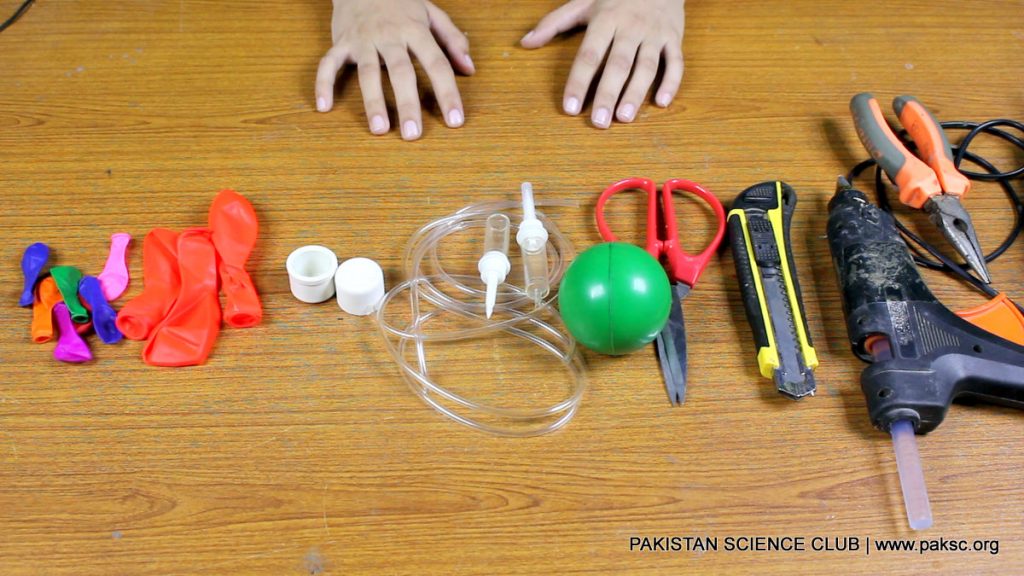
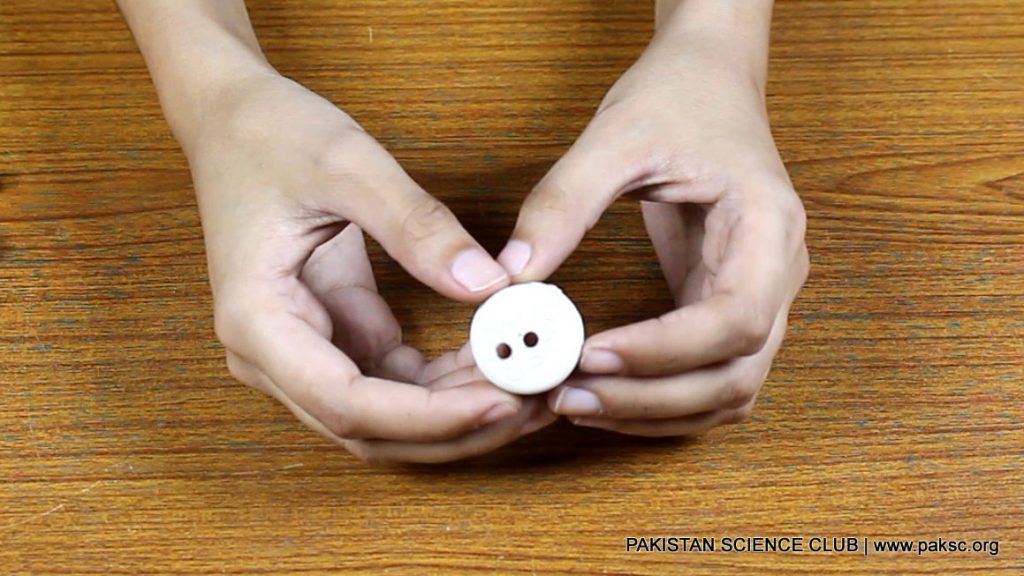
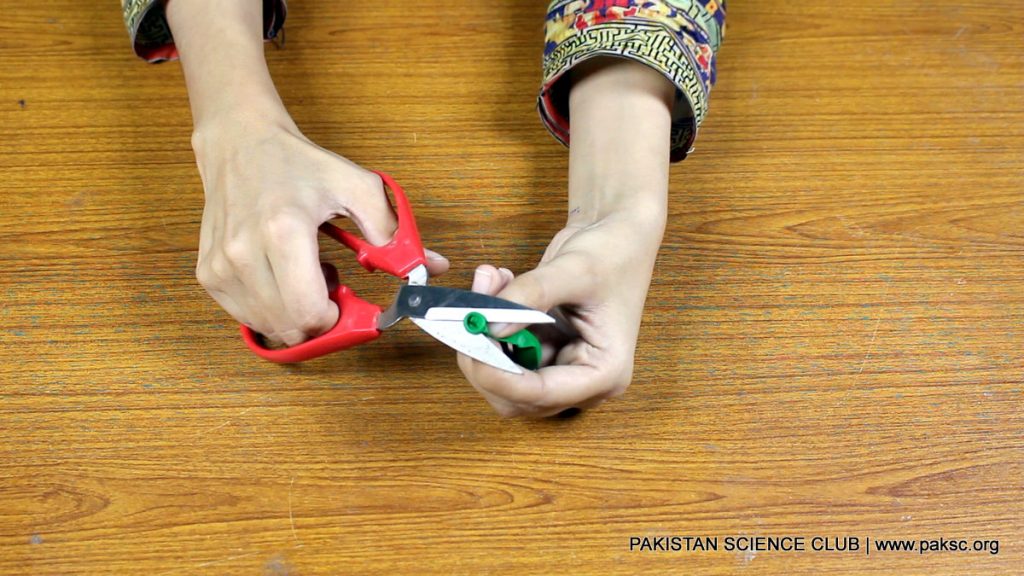
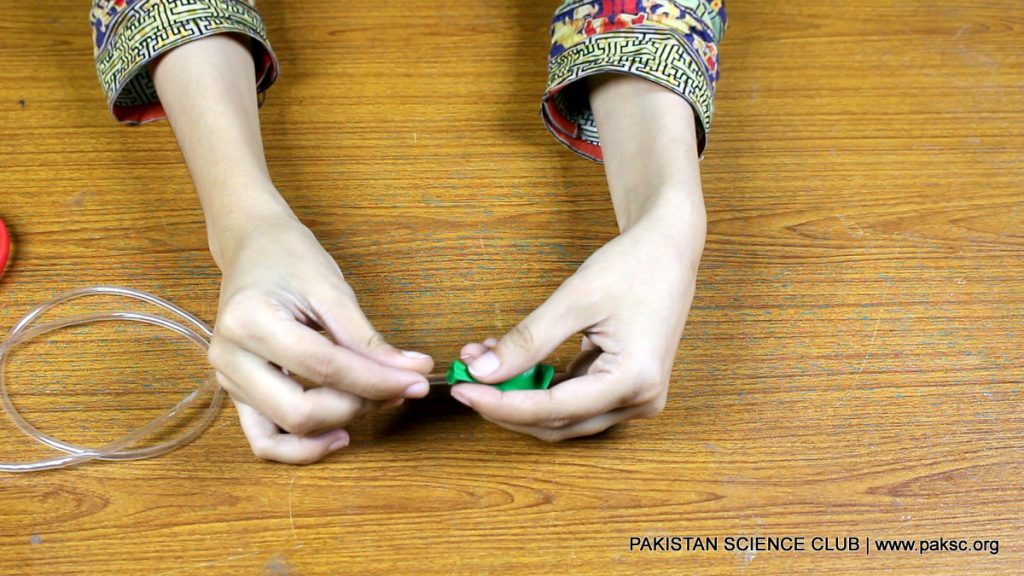
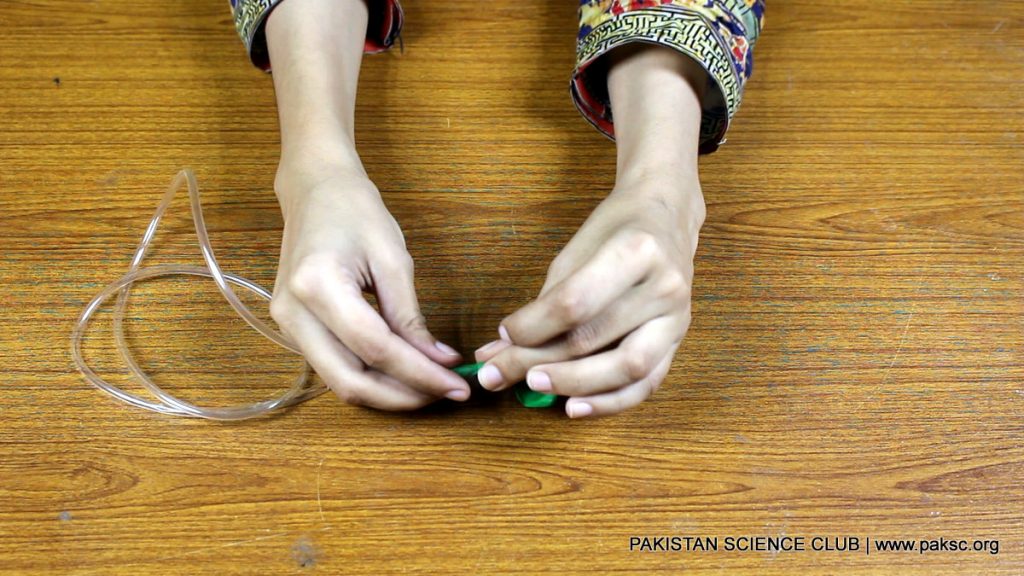
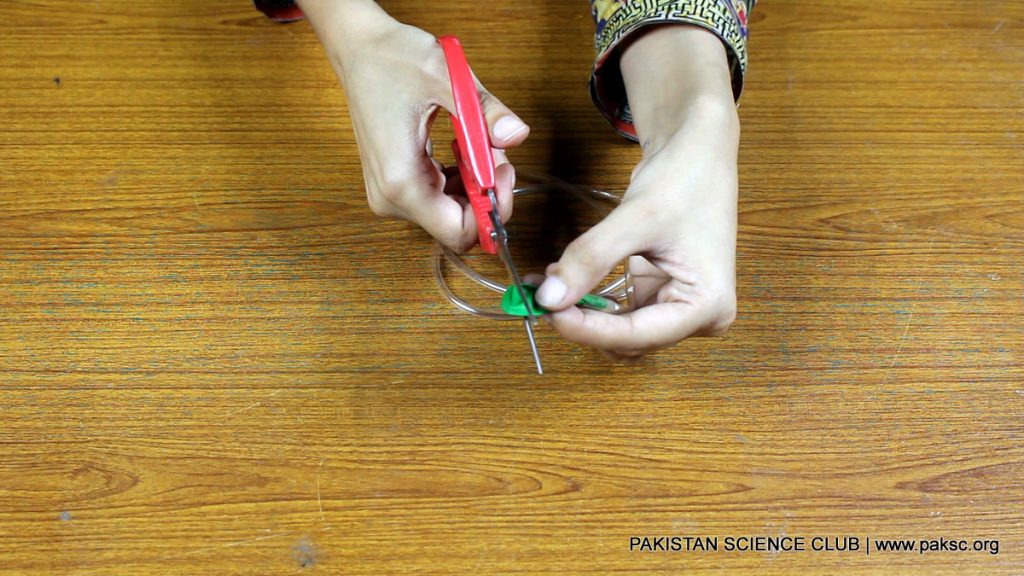
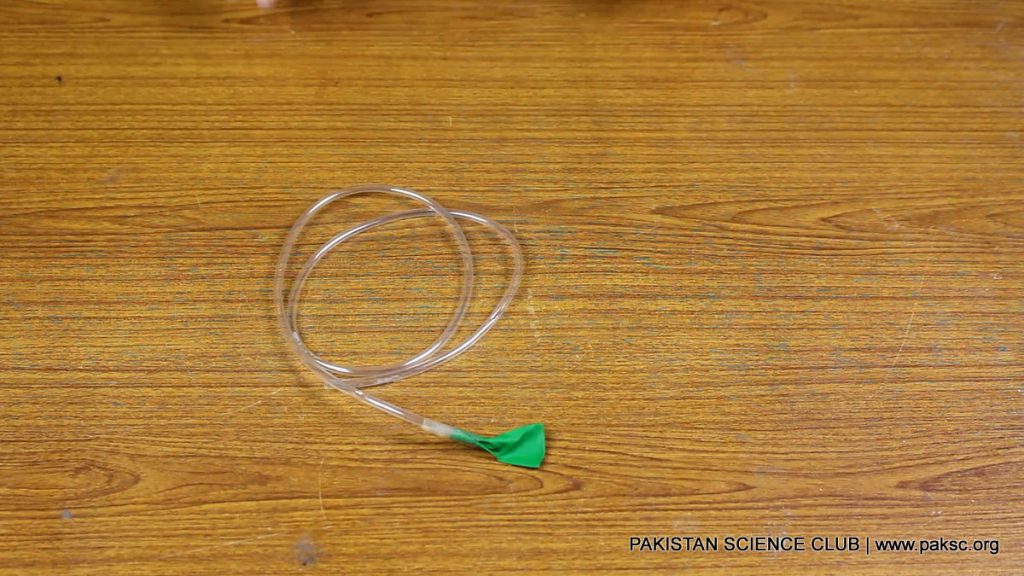
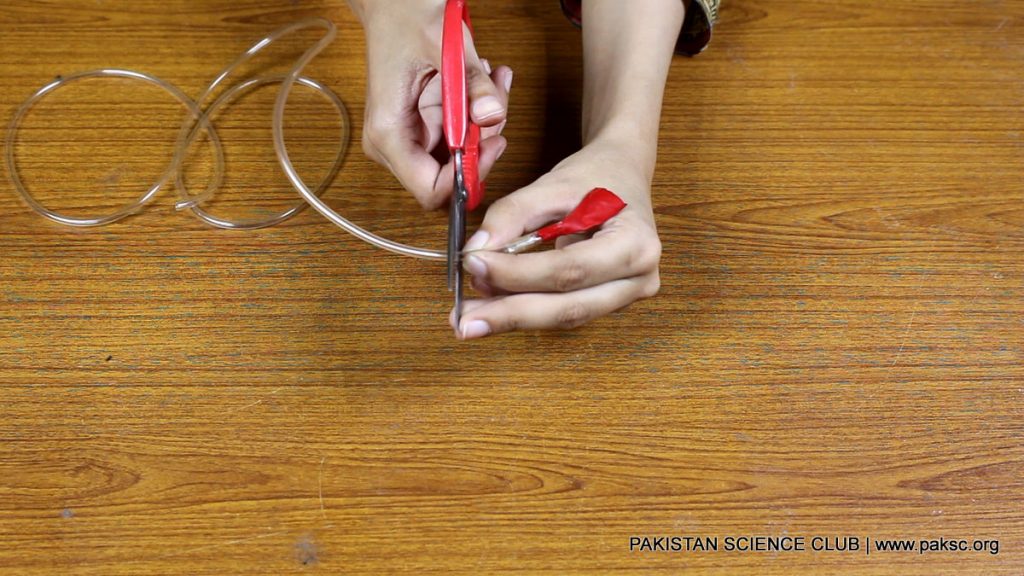

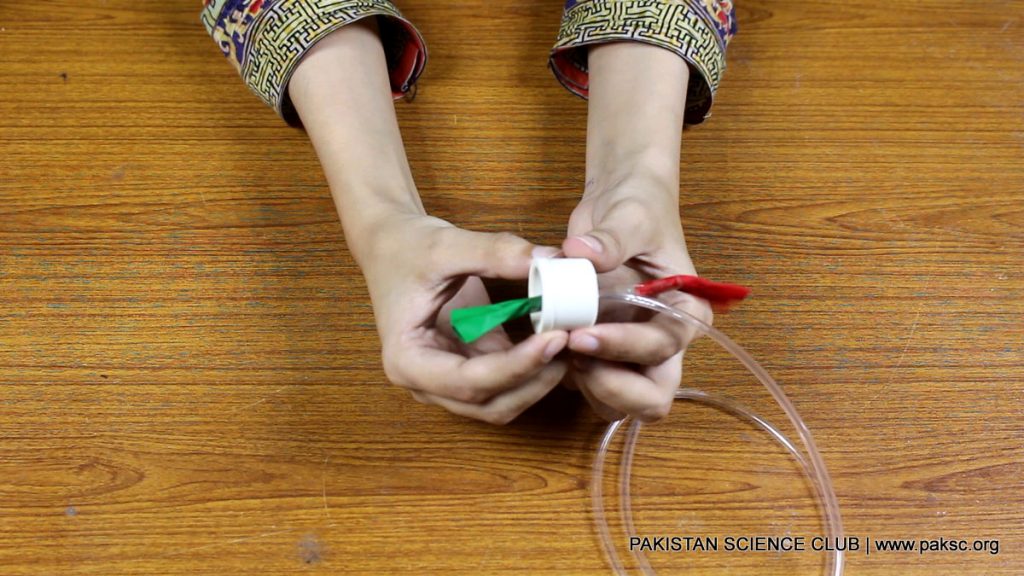
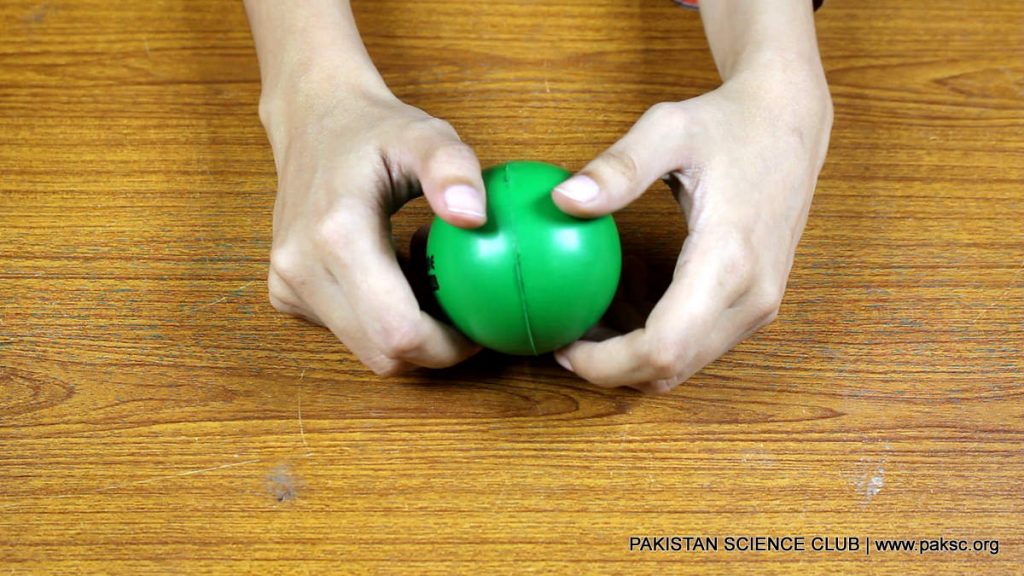
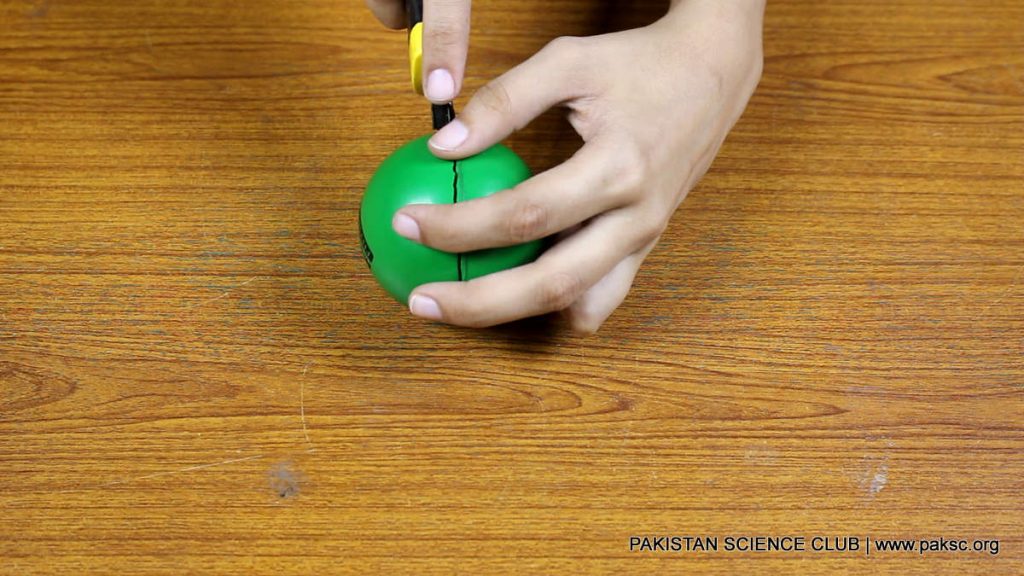
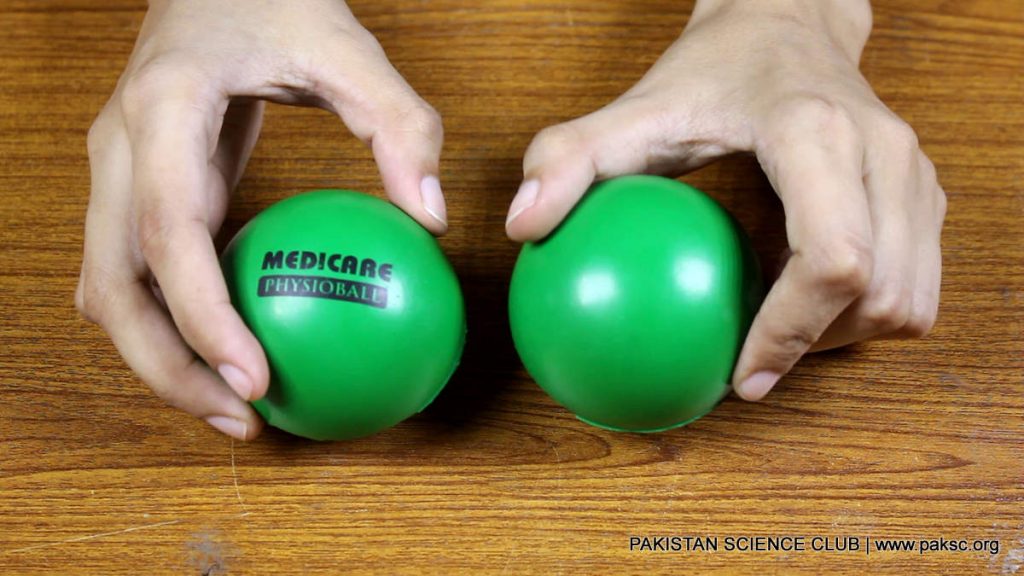
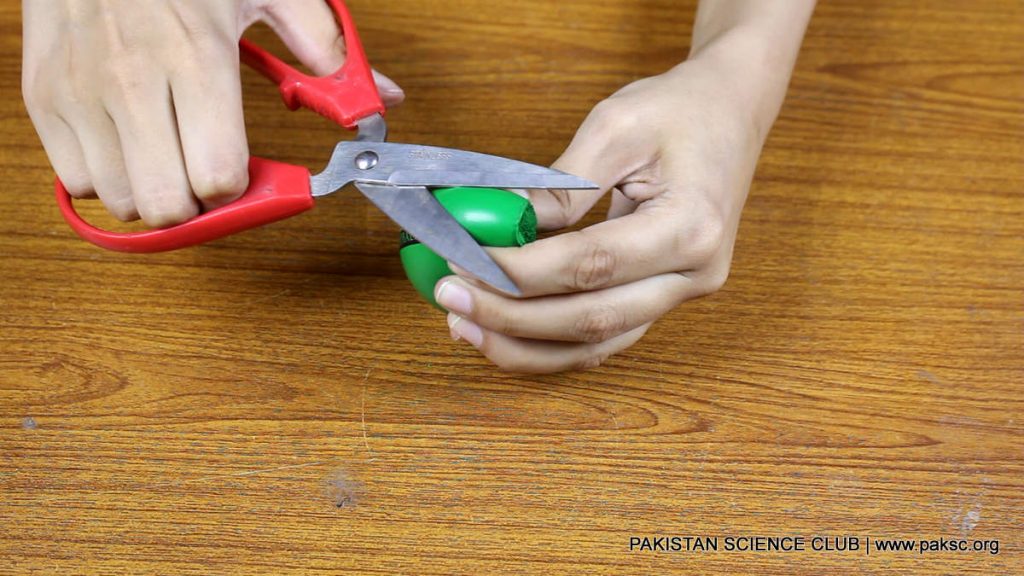

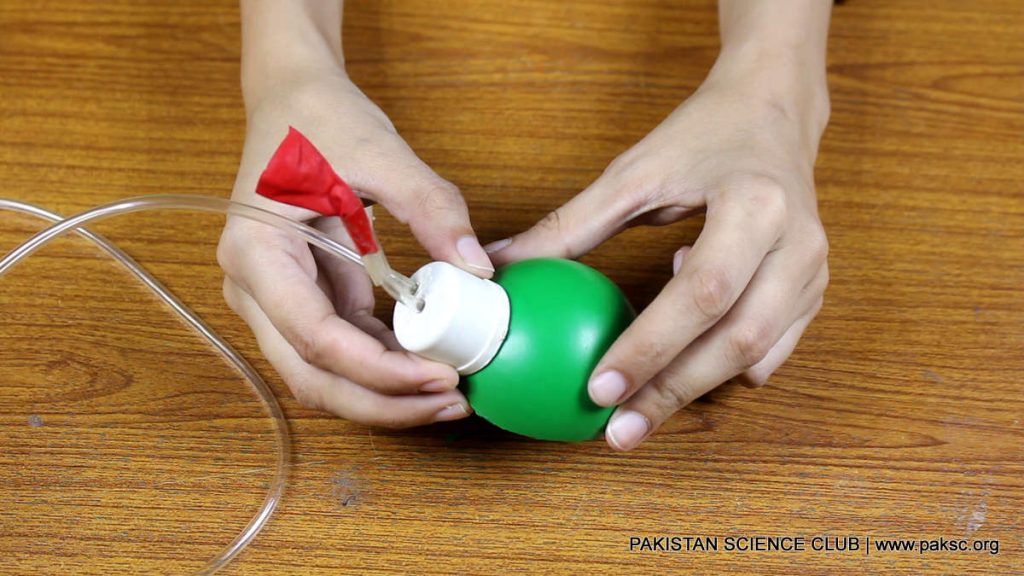
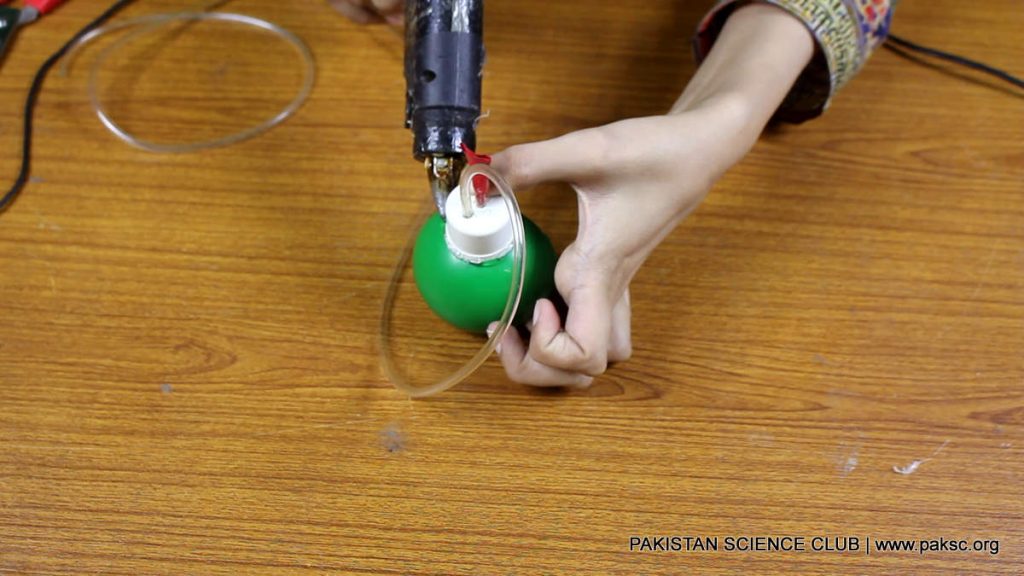
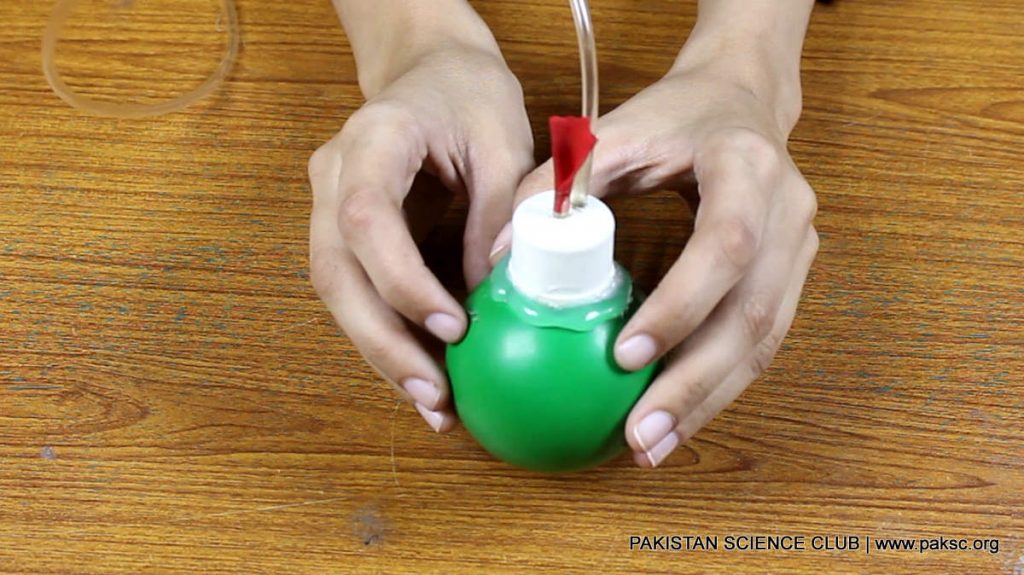
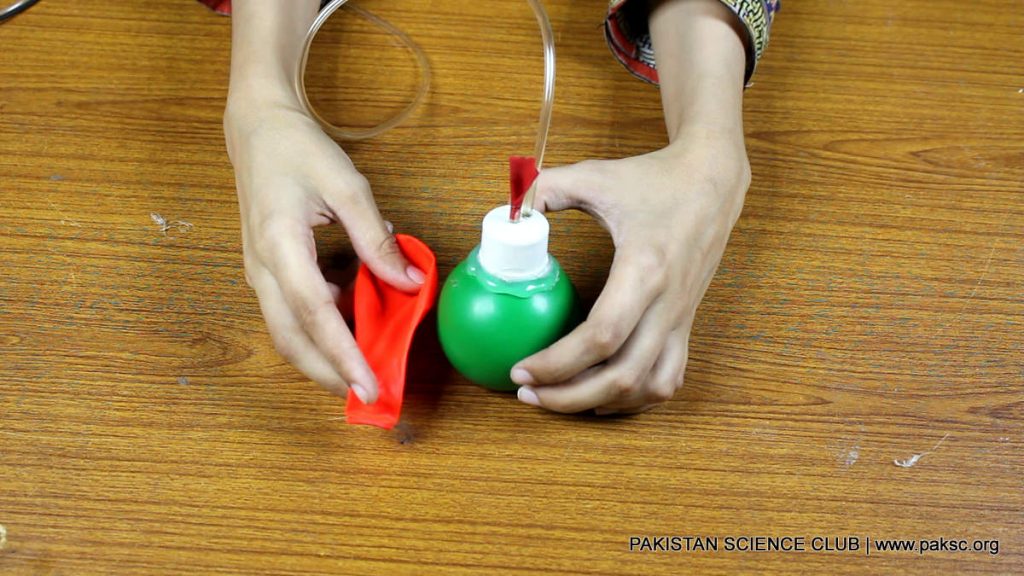
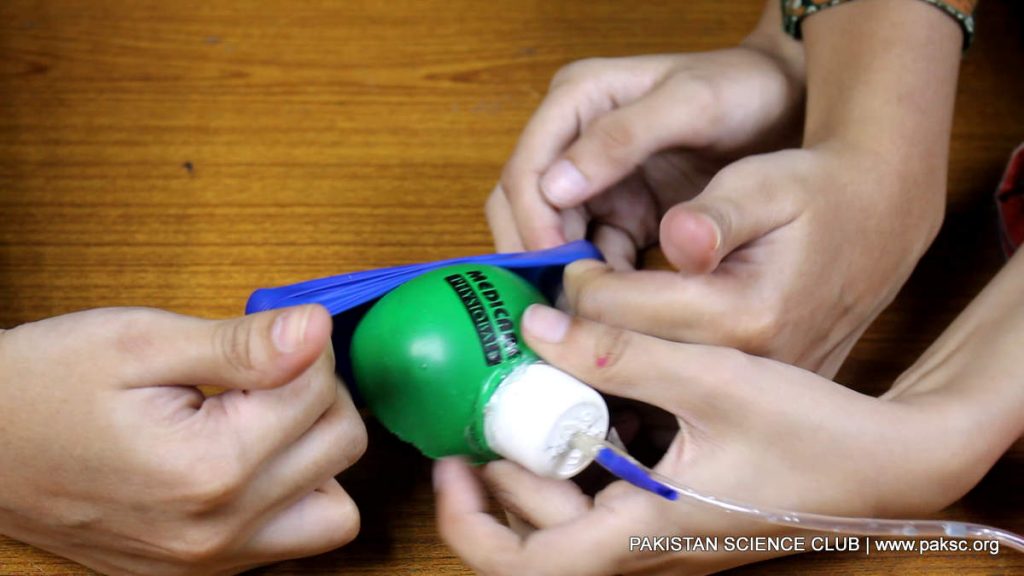
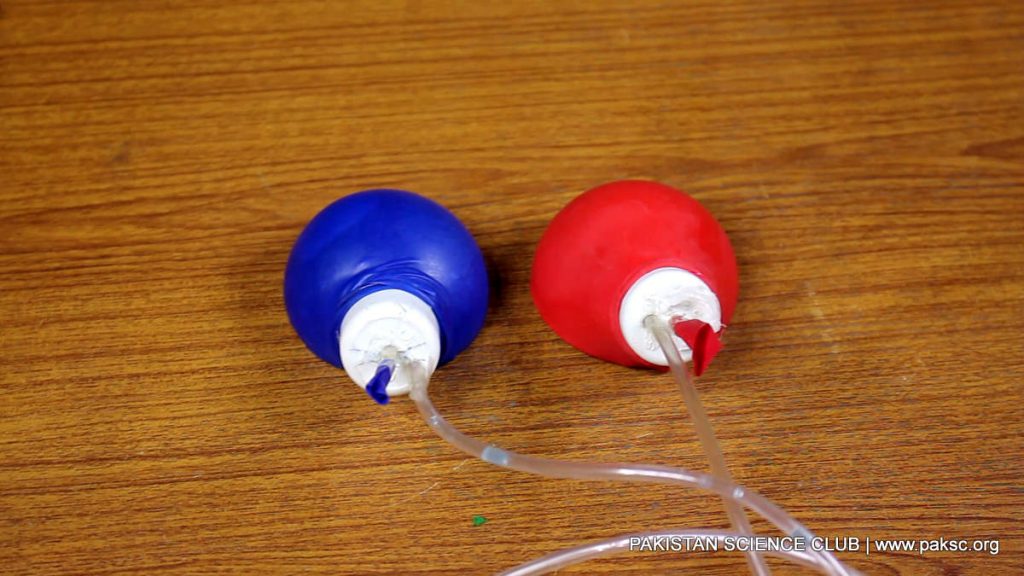
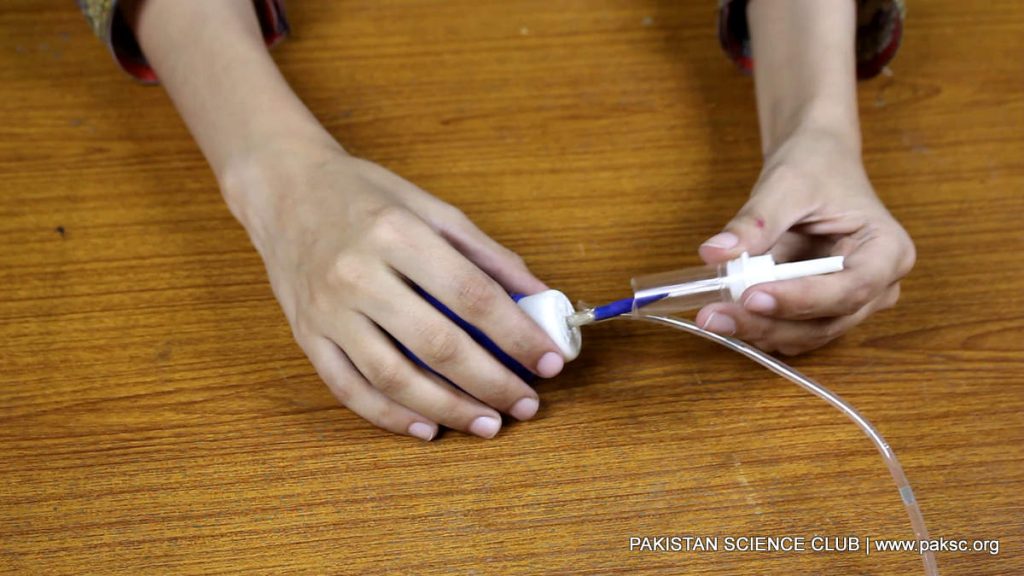

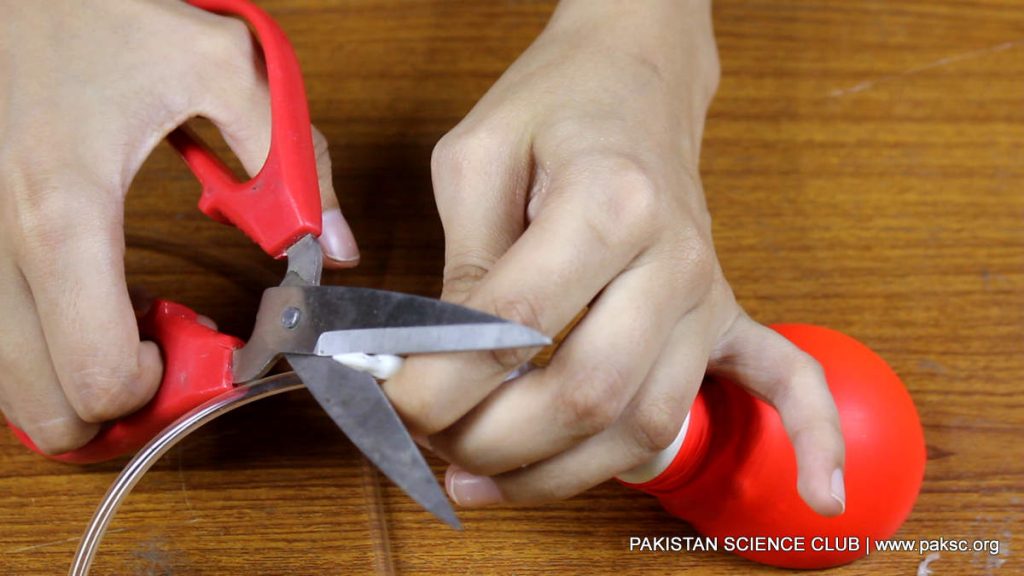
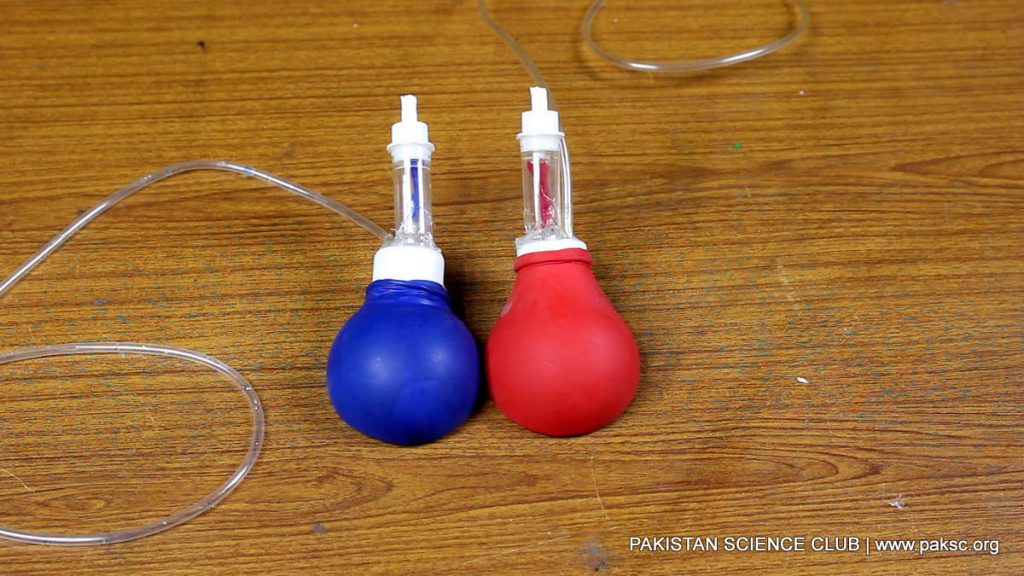
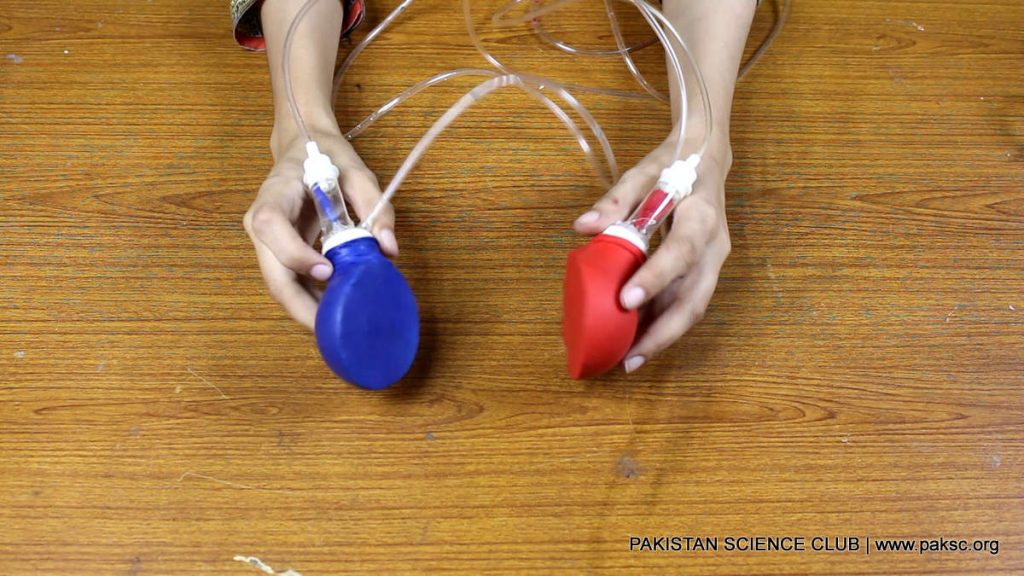
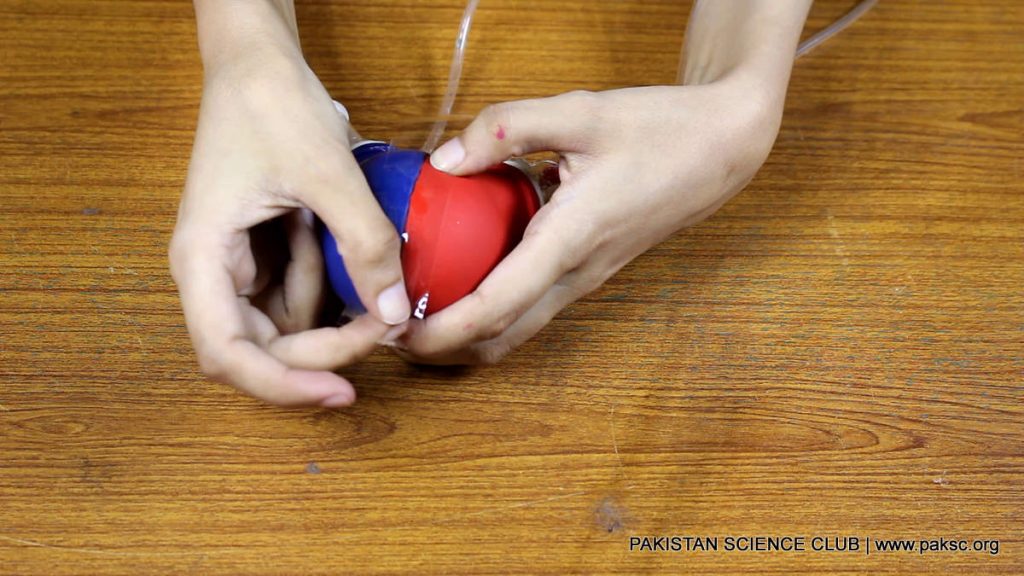
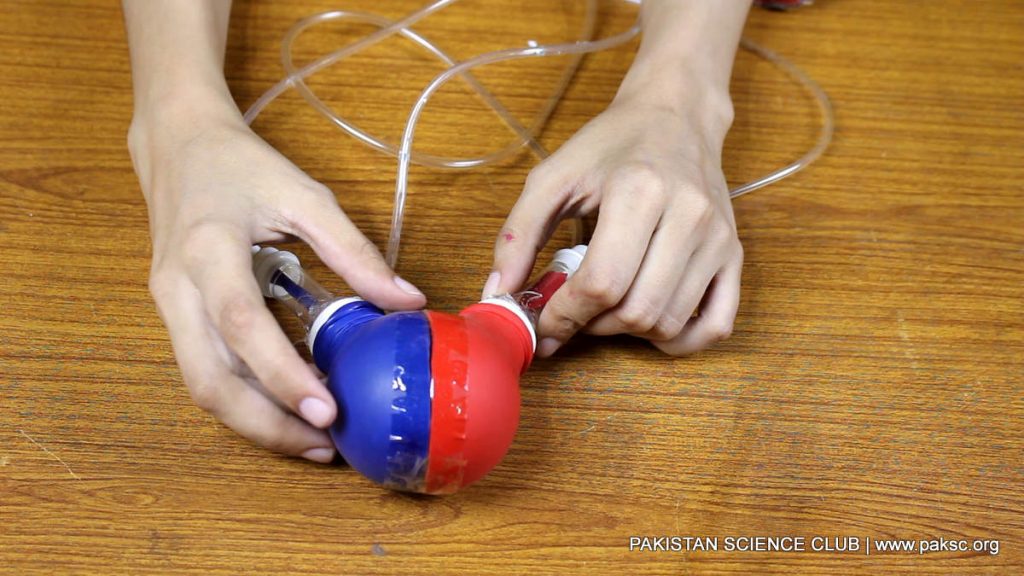
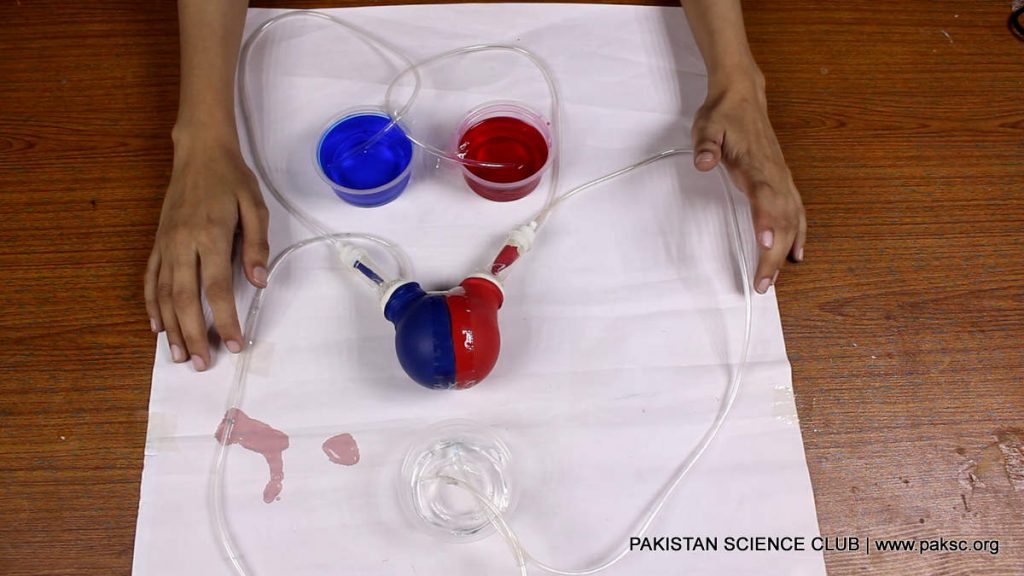
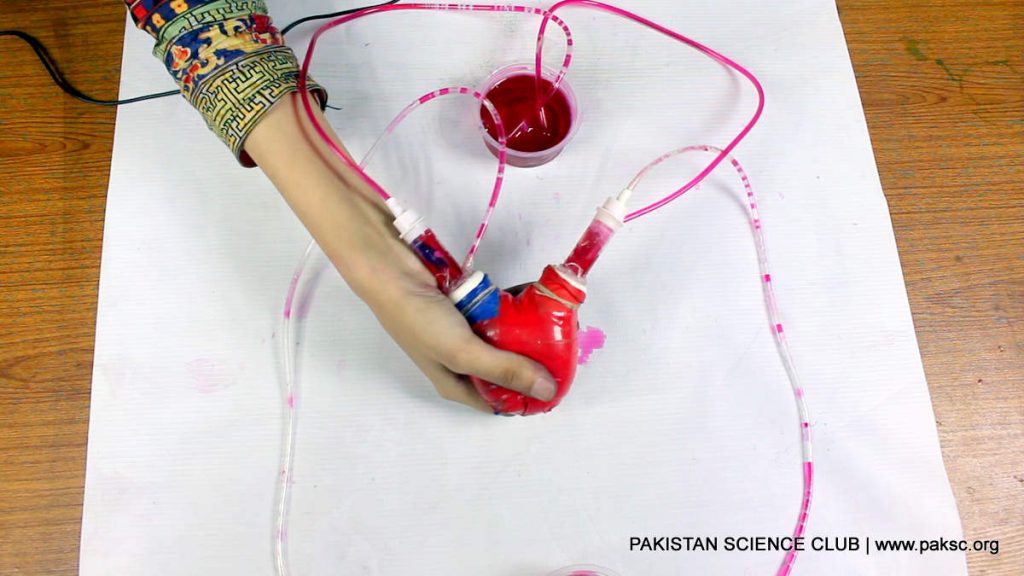

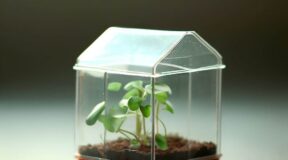

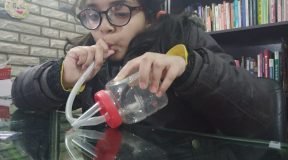
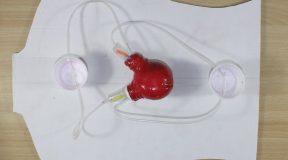

17 Comments
30 Hands-On Circulatory System Activities for Kids - Honct.com
(February 26, 2024 - 1:08 pm)[…] more: Circulatory system model at Do […]
20 Hands-On Heart and Circulatory System Activities For Kids - Edulogg
(February 5, 2022 - 4:54 am)[…] Learn more: Do Science […]
20 actividades sobre el corazón y el sistema circulatorio para niños – Whole Education
(February 3, 2022 - 10:13 pm)[…] Aprende más: hacer ciencia […]
20 กิจกรรมเชิงปฏิบัติสำหรับหัวใจและหลอดเลือดสำหรับเด็ก - ศึกษาข่าวจากต่างประเทศโดยเรียนบา
(February 3, 2022 - 6:31 pm)[…] เรียนรู้เพิ่มเติม: ทำวิทยาศาสตร์ […]
20 Hands-On Heart and Circulatory System Activities For Kids - Country Highlights
(February 3, 2022 - 6:01 pm)[…] Learn more: Do Science […]
20 Heart and Circulatory System Activities For Kids – Usae
(February 3, 2022 - 5:12 pm)[…] Learn more: Do Science […]
20 Heart And Circulatory System Activities For Kids | Atmhaber.com
(February 3, 2022 - 5:09 pm)[…] Learn more: Do Science […]
20 Heart and Circulatory System Activities For Kids – TodayHeadline
(February 3, 2022 - 4:54 pm)[…] Learn more: Do Science […]
20 Heart and Circulatory System Activities For Kids – E-Capitals
(February 3, 2022 - 4:43 pm)[…] Learn more: Do Science […]
20 Hands-On Heart and Circulatory System Activities For Kids - US Clock News
(February 3, 2022 - 4:28 pm)[…] Learn more: Do Science […]
Abdul Rauf
(January 30, 2022 - 9:42 am)If you need any help please comment and share your project photo.
shafey
(January 30, 2022 - 9:35 am)innovative project I really like its working
BIOLOGIA 3º ESO | Pearltrees
(May 23, 2021 - 9:33 pm)[…] Modelo de trabajo de corazón y sistema circulatorio de humanos. […]
16 Hands-On Heart and Circulatory System Activities For Kids | The Prime Life
(February 4, 2021 - 2:35 pm)[…] Learn more: Do Science […]
16 Hands-On Heart and Circulatory System Activities For Kids - BULLETINr
(February 3, 2021 - 4:22 pm)[…] Learn more: Do Science […]
16 Hands-On Heart and Circulatory System Activities For Kids - Country Highlights
(February 3, 2021 - 4:20 pm)[…] Learn more: Do Science […]
Do-Science
(December 3, 2018 - 9:23 am)Happy to see students are able to build their own model of heart
https://uploads.disquscdn.com/images/aeb06d4b3f846be23d09ab22441a5438f6660d8bcc878199fc5151f24795fdda.jpg